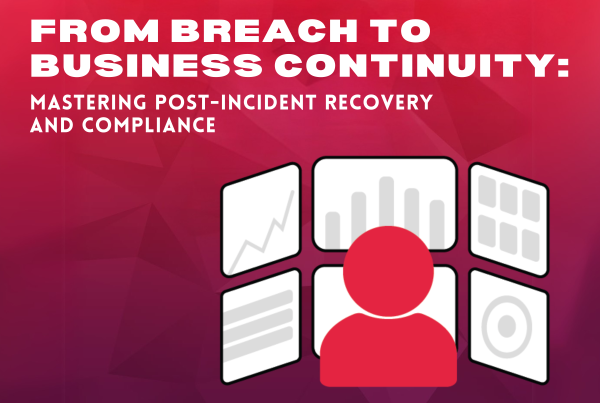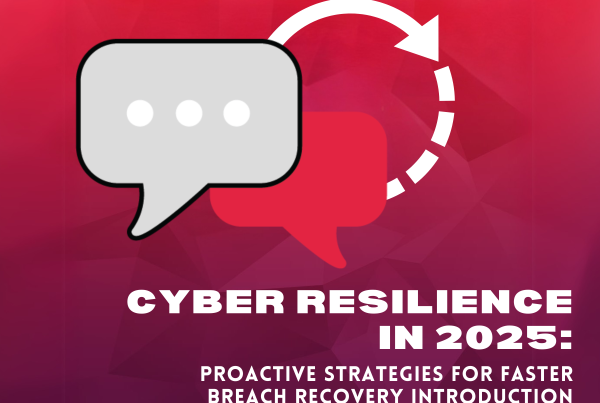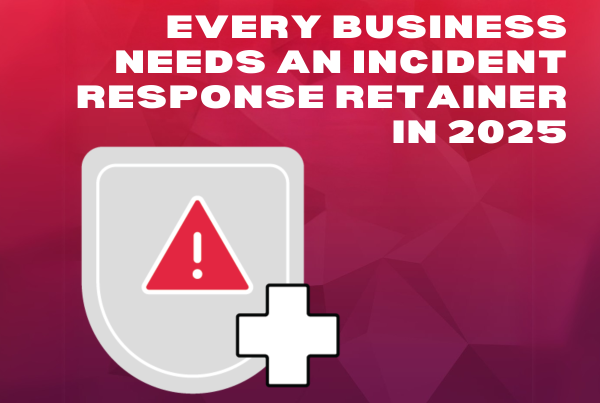In an era where digital connectivity ties every aspect of modern business operations, organizations allocate considerable resources toward cybersecurity initiatives such as firewalls, endpoint protection, intrusion detection systems, and real-time threat monitoring. Despite these sophisticated layers of defense, a critical vulnerability remains within most organizations: the email inbox. This vulnerability is less about technological inadequacy and more a reflection of human behavioral tendencies—a factor cyber attackers are exceptionally skilled at exploiting.
The Unseen Weakness: Trust
Employees interact with an overwhelming amount of emails daily—correspondence from clients, vendors, partners, and colleagues—which naturally cultivates a habitual environment of trust. Over time, this habitual trust leads to decreased vigilance, creating prime opportunities for cybercriminals to manipulate human behavior.
Phishing remains the leading tactic for initiating cyber breaches worldwide. Whether through Business Email Compromise (BEC), credential harvesting, or the distribution of ransomware, these attacks often originate from a single deceptive email that preys not on technical vulnerabilities but on human psychology and social engineering.
Even highly trained individuals are vulnerable to lapses in judgment, especially under conditions of high workload, cognitive fatigue, time pressure, or emotional stress. Attackers design emails that seamlessly mimic legitimate communications, leveraging familiar logos, subtle linguistic cues, accurate sender addresses, and urgency cues to compel immediate action. A single click can initiate a catastrophic chain of events, compromising sensitive data, disrupting operations, and damaging organizational reputation.
Email Attacks Are Evolving—Fast
The threat landscape surrounding email communications has evolved dramatically. No longer limited to crude spam or generic phishing attempts, attackers now employ advanced techniques such as:
- Spear Phishing: Precision-targeted attacks leveraging detailed knowledge of an individual’s role, habits, or recent activities.
- Business Email Compromise: Deceptive impersonations of executives, vendors, or clients to authorize fraudulent financial transactions or disclose sensitive information.
- Payload-less Emails: Communications that contain no malware or links, relying entirely on persuasive language to extract confidential data.
- Thread Hijacking: Unauthorized insertion into legitimate email threads to build trust and lower recipient defenses.
- Deepfake Communications: Emerging use of synthetic media to impersonate voices or faces in email-integrated platforms.
These advanced methodologies are carefully engineered to evade traditional defenses such as spam filters, antivirus software, and simple domain blocklists, illustrating the relentless innovation of cyber criminals.
Why Basic Defenses Fail
Despite the critical importance of email security, many organizations continue to rely on outdated or insufficient defenses. Basic spam filters and antivirus software, while necessary, are no longer capable of mitigating the complexity and sophistication of contemporary threats. Attackers routinely:
- Host malicious payloads on reputable cloud services to bypass domain filters.
- Use end-to-end encrypted links that evade traditional scanning.
- Manipulate trusted brands and organizational identities to deceive users.
- Adapt faster than signature-based detection methods can update.
Without advanced threat detection platforms, behavioral analytics engines, machine learning-driven anomaly detection, and continuous post-delivery monitoring, organizations remain perilously exposed to evolving email-borne threats.
Building a Resilient Email Defense
Constructing an effective email security posture necessitates a comprehensive, multi-layered defense architecture that incorporates advanced tools, human education, and proactive policies.
- Advanced Threat Protection
Organizations must deploy intelligent email security solutions capable of real-time content inspection, contextual sender verification, and sandboxing of suspicious attachments and URLs. These systems should leverage machine learning models to detect emerging threat patterns proactively, neutralizing malicious content before it reaches end-users.
- Zero Trust Mindset for Email
Integrating a Zero Trust model within email systems is no longer up for debate. Every email—whether internal or external—must be treated as potentially malicious until verified. Authentication protocols such as DMARC, DKIM, and SPF must be rigorously enforced. Behavioral anomaly detection must scrutinize communication patterns for deviations indicative of compromise.
- Continuous User Training and Simulation
Employees are an organization’s first and most important line of defense. Ongoing education must extend beyond static courses, incorporating dynamic, role-specific content, simulated phishing exercises, adaptive learning paths, and real-world case study analysis to foster enduring behavioral change.
- Automated Incident Response and Remediation
Speed is critical in neutralizing email-borne threats. Organizations should implement automated incident response frameworks capable of:
- Immediate quarantining of suspected messages.
- User notification and guided action protocols.
- Forensic analysis to identify breach points and lateral movement.
- Real-time collaboration with threat intelligence feeds for broader situational awareness.
The Business Impact of Insecure Email
The fallout from a successful email-based breach is rarely confined to isolated technical issues. Instead, it triggers wide-ranging organizational consequences:
- Financial Loss: Manifesting through direct theft, ransomware demands, regulatory fines, legal fees, and incident response costs.
- Reputational Erosion: Diminished stakeholder trust, customer attrition, and negative media coverage that damages long-term brand equity.
- Operational Disruption: Downtime, resource reallocation to crisis management, and degradation of normal business functions.
- Regulatory and Legal Exposure: Violations of data protection regulations such as GDPR, HIPAA, or local compliance standards, leading to substantial financial penalties and legal scrutiny.
Unchecked, email threats can inflict existential damage on organizations, undermining years of operational and reputational progress.
Turning the Weakest Link into a Strength
While email remains an indispensable tool for business communication, its inherent risks can be mitigated through a strategic and systemic approach to security. Organizations must reframe email from being merely a communication utility to a frontline asset in cybersecurity resilience.
Key imperatives include:
- Integrating security principles into every layer of the email lifecycle—from sender authentication to end-user awareness.
- Equipping all employees, from entry-level to executive, with actionable, context-specific cybersecurity knowledge.
- Establishing email security as a board-level priority intertwined with overall risk management strategies.
- Continuously auditing and refining defenses to adapt to emerging threat vectors.
By embedding these imperatives into organizational culture and infrastructure, email can shift from a liability to a fortress of resilience.
Closing Charge
In cybersecurity, your organizational defense is only as strong as the vigilance of the most distracted employee on their most distracted day.
At IPV Network, we empower businesses to transform email vulnerabilities into enduring strategic strengths. Through advanced threat protection, continuous education, and proactive defense architectures, we help organizations fortify their communications against today’s most sophisticated threats.
Secure your communications. Protect your enterprise. Strengthen your future.
Because in the battle for cybersecurity, trust must be earned—and defended.
Ensure your inboxes are fortified.
Trust should never be your organization’s greatest vulnerability.
About IPV Network
Since 2016, IPV Network has been a trusted partner of leading enterprises in the Philippines. It brings the best-of-breed cybersecurity solutions. IPV network helps businesses identify, protect, detect, respond, and recover from cyber threats. IPV Network is DICT certified to conduct vulnerability assessment and penetration testing (VAPT) to evaluate cyber systems. Email us at [email protected] or call (02) 8564 0626 to get your FREE cybersecurity posture assessment!


